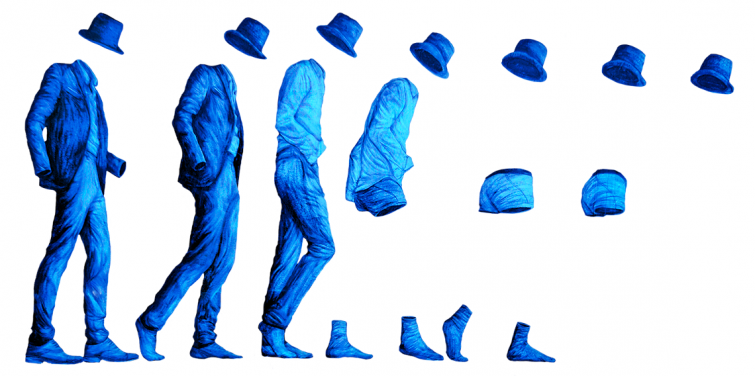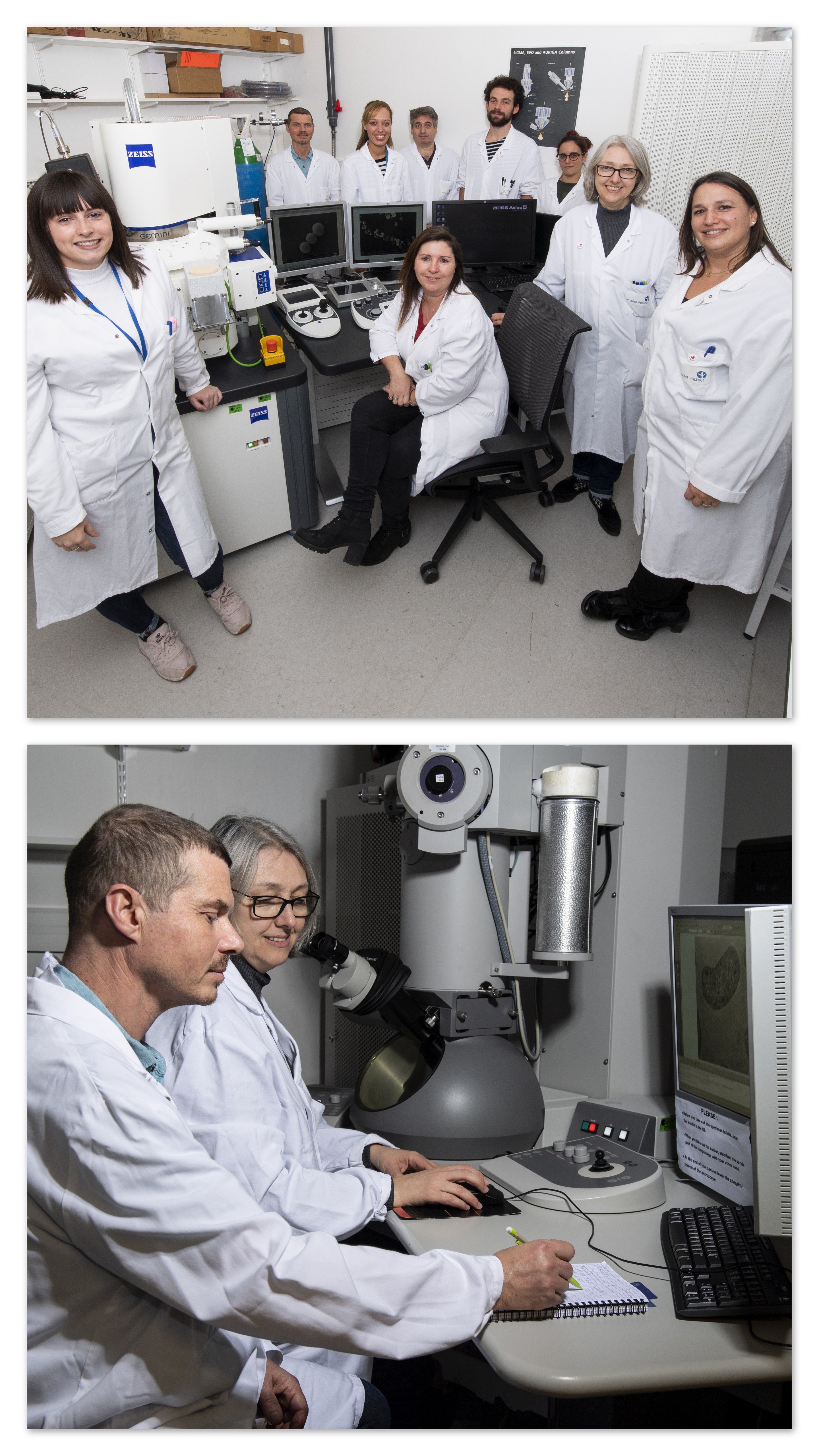
 SCIENCE AND ARTS
SCIENCE AND ARTS
Report on the 2020 "Hidden Face of Paris" event at the Institut Pasteur
On January 31, the Institut Pasteur opened its doors to give visitors a unique chance to explore its campus as part of the "Hidden Face of Paris" (Paris Face Cachée) event. Some 32 curious visitors came along for a closer look at the campus, where they were met by teams from the Pasteur Museum and the Ultrastructural BioImaging (UBI) technology and service unit.
The idea behind the "Hidden Face of Paris" event, which ran from January 31 to February 2, is to offer the public unique experiences in unexpected places. With more than 120 original adventures on offer at a variety of different sites, members of the public were given the chance to lurk like chameleons, infiltrate secret premises and explore places that are usually off limits to find out more about history, art, physics, science, innovation, fine foods, traditional crafts and more.
This year on campus, four groups were not only given a fascinating insight into Pasteurian history; they also saw how the Institut Pasteur's scientists explore the infinitely small details of life, and how their quest to elucidate the inner workings of the living world is one of the scientific challenges facing the Institut Pasteur.
After visiting the historical Institut Pasteur building and spending some time admiring the 19th- and early 20th-century microscopes exhibited in the display cases in the Salle des Actes, the groups, led by the museum team, were then taken to the François Jacob building, where they were welcomed by the team from the Ultrastructural BioImaging technology and service unit.
The team used engaging interactive methods – including a presentation of sample preparation techniques and electron microscopy visualization – to give the delighted visitors an idea of the scientific expertise and methods employed by this platform, which specializes in imaging pathogens and host-pathogen interactions.
